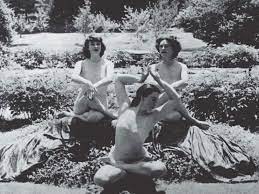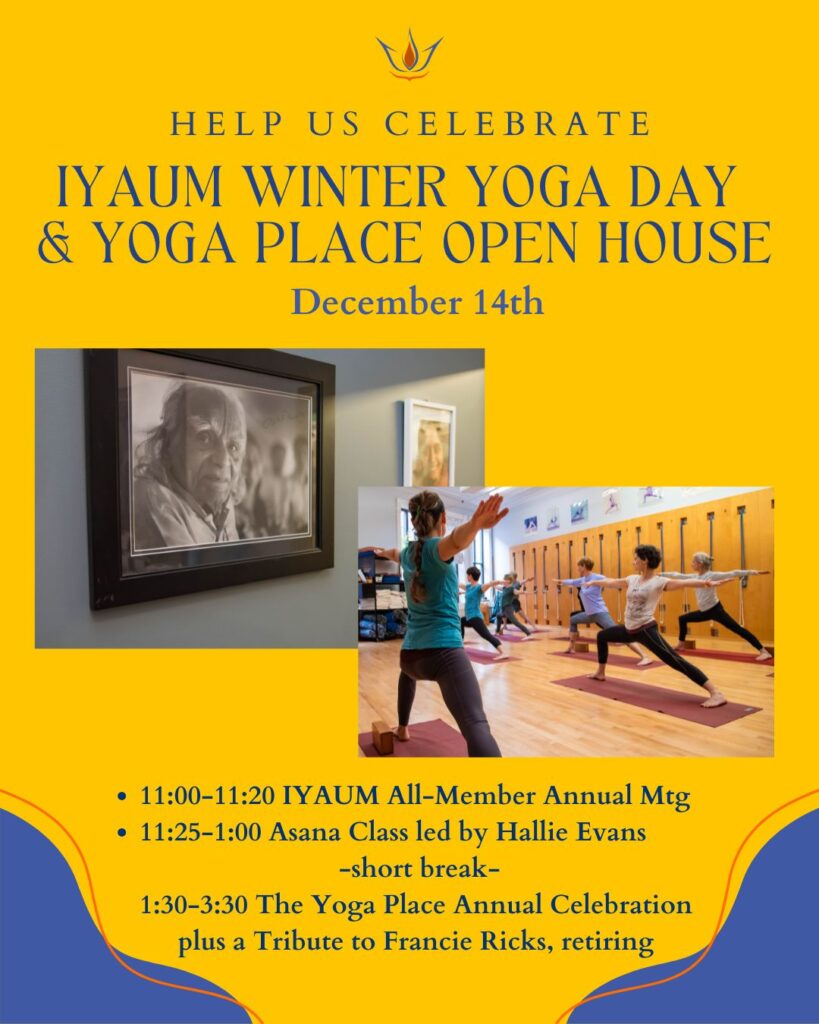Breaking Ties and Tradition

What I have come to realize in this second reading of The Great OOM is that there really isn’t a lot of personal attention to the man himself. His story is merely told through the eyes and experiences of some of his followers and his own story is a bit mysterious. Of course, that seems to be just how Bernard liked things.
These two next chapters in our Summer Book Club read highlight the break of Bernard from some of his most loyal followers and also his most monied supporters. It also begins to make clear that the traditional approach to yoga and its original teachings was taking a back seat to the growth and excitement of the CCC (Clarkstown Country Club). From the annual circus, to live theater, to baseball, the CCC began to gain followers not just for yoga, but for the excitement and creativity that was a theme of the Jazz Age!
The CCC began to look a bit like a commune, complete with affairs and trysts among its youthful members. Hard work was still a core philosophy, but now the membership was wide open and the only true commitment seemed to be monetary. The cozy “cult” of committed Tantrik students was no more.
It is also at this time that Bernard seems to be taking on some of the egoistic behavior that we have come to know all to well as the “problematic guru” – more a “do as I say and not as I do” approach. People from all over still came to Nyack to learn from “The Great OOM”, but as one member warned – “The doctor is half saint and half devil. He’s the boss. Don’t try to change him or the club. If you don’t like it, you can go somewhere else.” And, Bernard smoked regularly “while he was advocating clean and healthy living for everyone else.” He also seemed to play with the relationships of those close to him, manipulating the men and the women that worked closest to him.
But, he was still successful! As Robert Love explains, “Bernard, as usual, displayed peerless timing; his club had matched its offerings precisely to the intertwined desires of the age – to a rising generation’s spiritual quests as well as their hunger for creative – and even outlandish – fun that was made possible by the growing prosperity of the decade.”
The CCC sold dynamic “self-help”, and with handsome men doing displays of Sirsasana (head stand) and Sarvangasana (shoulder stand) as some sort of “feats of strength”, who wouldn’t want to join in the fun?
Well, evidently the Vanderbilt family began to catch on to the ruse. At first, Anne was happy with the progress made by her daughters within the CCC, but that was about to come crumbling down. As the young sisters, Barbara and Margaret, became more and more entwined with Bernard’s closest and most influential men in his circle, the complexities of sex, babies, marriage, and property could not be avoided.
It became public knowledge that the Vanderbilt family was closely joined by marriage to the “cult” of The Great OOM and that was unforgivable. The mental illness of the two daughters was made worse and not better in the end by the manipulations and hypnosis of Bernard, and as all their relationships came to an end, the Vanderbilts severed their knot with the Tantriks for good.
But, the mark of the Vanderbilt money and property were made on the CCC and as the next chapter suggests, the show does go on.
The good news is that many who broke ties with Bernard continued in their practice and study of yoga. Sir Duke and Margaret and Anne all pursued yoga outside of the confines of the group. So, as usual, there is a reason yoga has continuously stayed in the consciousness of human society. The remedies that yoga provides in its traditional form outlast any social confines of any age. You may try to change it and manipulate it to become more “popular” or “sexy” at any one time (think goats, happy hours, and every current mash-up with yoga and exercise there is), but the real work of yoga is what really works and will serve you for a lifetime and beyond!
